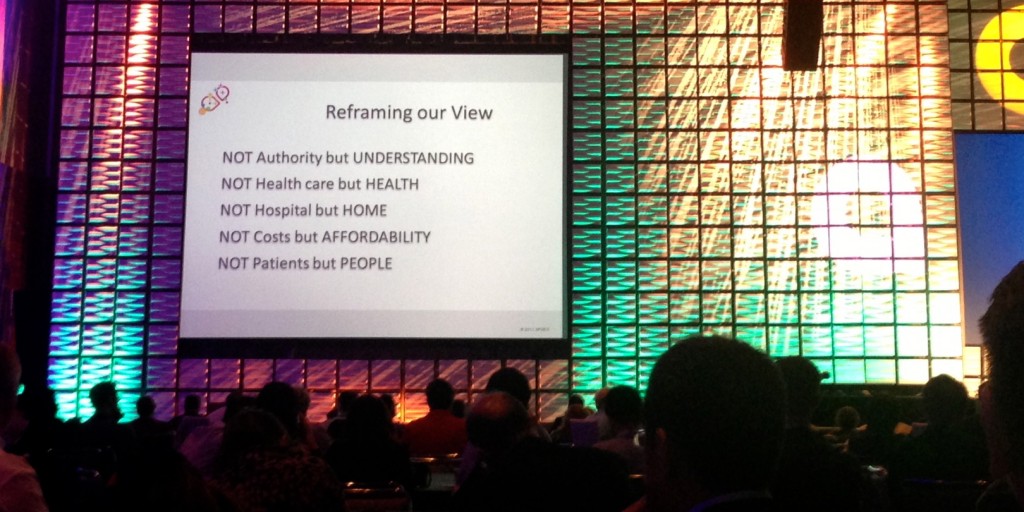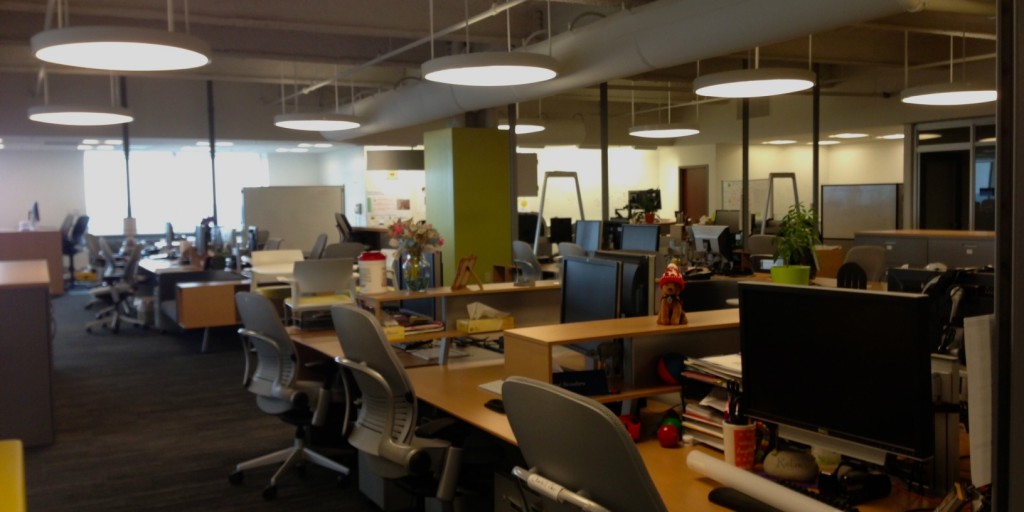Highlights from Mayo Transform
Mayo Clinic’s Transform Symposium is a 3-day conference in the heart of the mid-west highlighting the work of individuals and organizations rethinking and transforming how healthcare is delivered. Here are some highlights from the conference:
A new definition of health
Douglas Wood, M.D. dove into how the Mayo Clinic’s Center for Innovation is reframing of the definition of health. They turned to their patients to explore how people are defining health. For patients — “Health means that I can do everything I need to so that everyone that depends on me will be ok.” Wood commented that Mayo has uncovered that health does not mean healthcare to Mayo’s patients, meaning that Mayo needs to develop services that build healthier communities beyond their four walls.
Below is how they are changing their semantics to fit their new construct.

The Emergency Department as the front end of the healthcare system
Overuse or inappropriate use of emergency departments (ED) is often cited as a major problem with our healthcare system. David Herman, President and CEO of Vident Health, sees the 120M visits in the US a year to the emergency room as an opportunity to provide comprehensive care to patients. He sees the utilization of the ED as a signal in noise of what the people want: on-demand care. Herman proposes that we actively use the ED as an accessible front end of the healthcare system rather than just a place to treat trauma and acute illnesses. This will take re-training of staff, re-designing the hospitals, and creating new treatment plans to engage patients beyond their visits. Rather than trying to change people’s behavior, he proposes that we capitalize on current behavior, and make the ED a critical engagement point to provide better care.
Media as a medium for care extension
Dr. Archelle Georgiou is a doctor in Minnesota, who advocates for an unconventional medium for care — the TV. She encourages us to approach these forms of media as ways to scale care and reach people where they are already spending their time. Individuals spend an average of 8.5 hours a day on the screen. Here are some ways to scale and extend care through media.
1) Provide real time advice through social networks.
2) Ask doctors to prescribe supplemental digital health peer networks like Smart Patients, Crohnology, and Kinsights to provide to provide support and information they need.
3) Utilize the TV personalities and media outlets as a direct line to people for public health messages.
Violence as a health epidemic
Gary Slutkin, MD and founder of Cure Violence, defined violence as an infectious disease rather than a crime. Through this reframing, Slutkin and his team are able to treat violence as a health epidemic and utilize public health tactics of isolation and diffusion to drastically reduce the spread of violence. This successful program has reduced violence in some of the most dangerous neighborhoods in the US and the world. Learn more by watching the documentary The Interrupters.
This conference is just a taste of the experimentation, collaborations, and piloting that happens in Mayo’s Center for Innovation. Below is CFI at Mayo, where all the magic happens.

